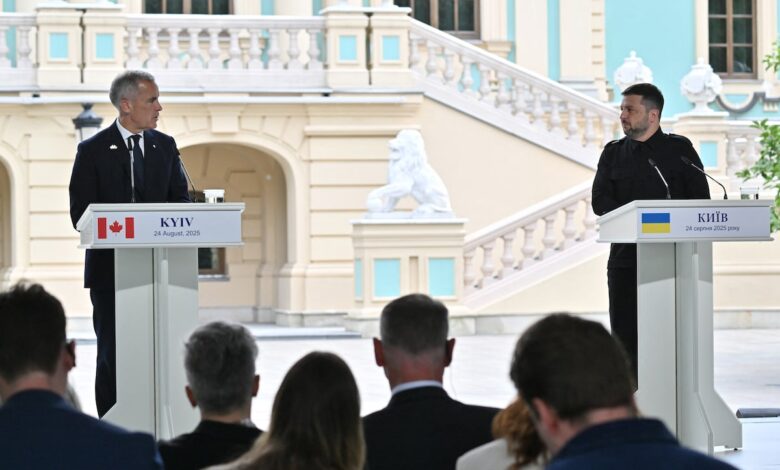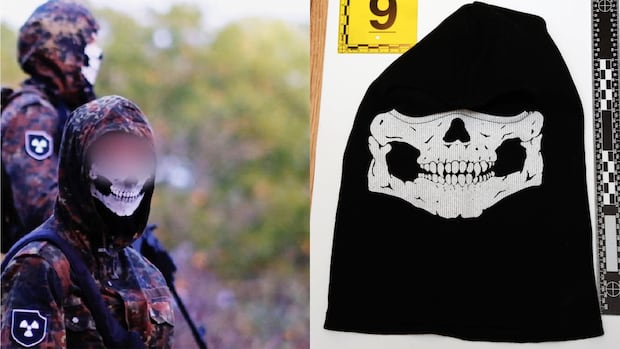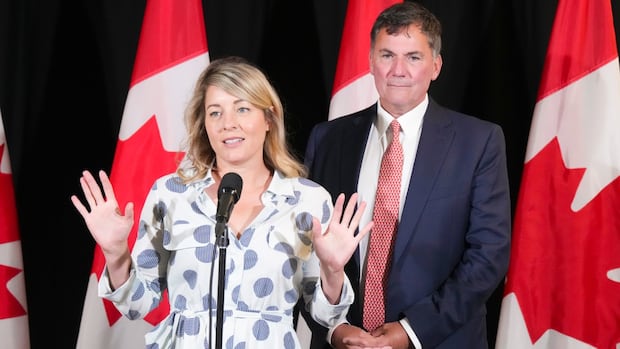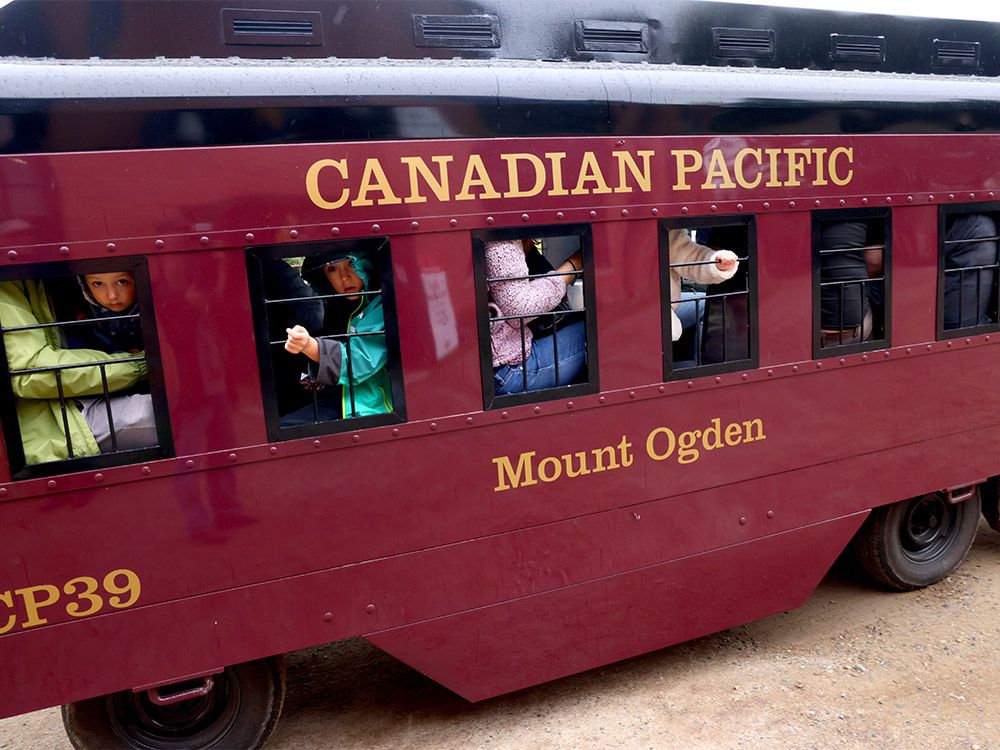Canadian support for Ukraine after a peace plan could take many forms, says McGuinty

Canadian Support for Ukraine in the Case of a Peace Plan with Russia
Canadian support for Ukraine in the case of a peace plan in its war with Russia could come in various forms, according to Minister of Defense David McGuinty. He mentioned equipment and intelligence division as possible options that are being considered.
Speaking to reporters in Warsaw on Monday, just hours after returning from Kiev with Prime Minister Mark Carney, Mr. McGuinty discussed the meetings they had with Ukrainian President Volodymyr Zelensky and other officials to commemorate the country’s Independence Day. He described the meetings as both productive and emotional.
“The prime minister made it clear yesterday that having Canadian troops on the ground is a possibility. He mentioned that he would not rule it out, and he discussed it in the context of a range of potential responses,” said Mr. McGuinty. “This could involve providing more intelligence support, logistical support, equipment, and financial assistance.”
Despite efforts by US President Donald Trump to facilitate peace negotiations between Ukraine and Russia, discussions have hit a roadblock. Russia has so far rejected the demands of Ukrainian allies for a ceasefire as a first step towards a peace plan. This issue is a crucial point of contention in the talks on ending the conflict.
While there is increasing debate among Ukraine supporters about how to assist the country in the event of a ceasefire, sending troops to Ukraine remains a contentious or non-starter issue for various European countries.
During his meeting with Mr. Carney in Warsaw, Polish Prime Minister Donald Tusk ruled out the possibility of Poland sending troops to Ukraine. Instead, Poland expressed its commitment to providing logistical support, organizing aid for Ukraine, and safeguarding the European-Russian border.
Poland has welcomed approximately a million refugees from Ukraine since the 2022 invasion. It also serves as a vital logistical and training center for Western support entering the country.
Germany is divided on the issue of sending soldiers to Ukraine, with Vice-Chancellor Lars Klingbeil emphasizing the need for reliable security guarantees to ensure lasting peace for Ukraine. However, Markus Soder of the Christian Democrats stated that without American troops, the idea of German soldiers in Ukraine is meaningless.
On the other hand, Great Britain and France have indicated their willingness to send soldiers as part of a peacekeeping force.
In Warsaw, Mr. Carney highlighted Canada’s plan to significantly increase defense spending as part of NATO’s commitment to raise expenditure to 3.5 percent of GDP by 2035, up from the current target of 2 percent, with an additional 1.5 percent allocated for defense-related expenses.
Following Russia’s 2022 invasion of Ukraine, defense spending is expected to rise to 4.7 percent of GDP this year, up from 2.7 percent in 2022.
Mr. Carney and Mr. Tusk also discussed collaborative energy projects in hydropower, small modular reactors, and the oil and gas sector.
Earlier in the day, Mr. Carney visited the Canadian embassy in Warsaw, where he met with Canadian forces stationed in Europe as part of Operation Unifier, which provides training to Ukrainian troops.
Catherine Godin, Canada’s ambassador to Poland, noted the economic opportunities for Canadian and European companies arising from the new NATO expenditure goals. She highlighted the annual Defense industry exhibition conference in Poland as a platform for Canadian companies to showcase their products and expand their market presence.
Minister McGuinty emphasized that the government’s increased defense spending aims to stimulate economic activity in Canada, leading to the development of a Canadian industrial strategy for the first time in the country’s history.
Mr. McGuinty will continue his travels with the Prime Minister to Berlin on Tuesday and then to Riga, Latvia, where Canada leads a multinational NATO brigade consisting of around 2,000 Canadian troops.




